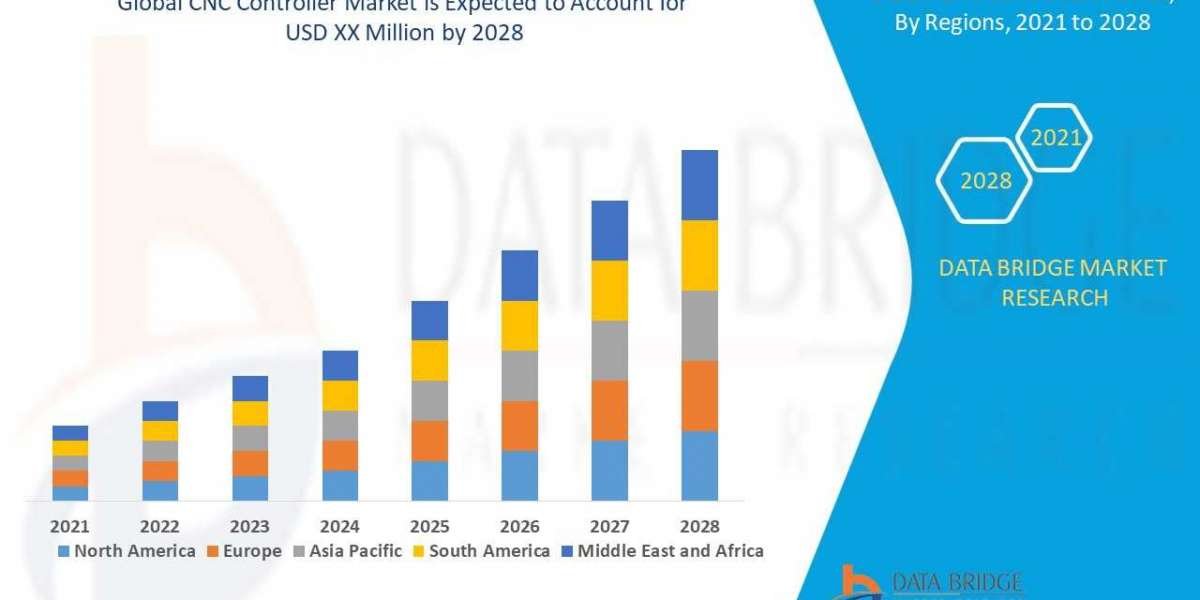In the realm of biotechnology, the rise of nanobody technology has sparked a revolution, offering novel solutions for diagnostics and therapeutics. Nanobodies, characterized by their small size and remarkable binding specificity, hold immense promise across various domains, from basic research to clinical applications. This article delves into the burgeoning Nanobody Market, shedding light on its dynamics, advancements, and therapeutic potentials.
Nanobodies, also known as single-domain antibodies or VHH antibodies, are the smallest antigen-binding fragments derived from naturally occurring heavy-chain antibodies found in camelids. Their compact size, robust stability, and exceptional affinity make them invaluable tools in various biotechnological applications. Unlike conventional antibodies, nanobodies can access hidden epitopes and penetrate tissues with ease, offering a versatile platform for targeted therapy and imaging.
The advent of nanobody technology has revolutionized antibody engineering, enabling the design and production of highly specific binders against a myriad of targets. Through phage display or immunization of camelids, researchers can isolate nanobodies with desired properties, including high affinity, stability, and solubility. Moreover, advancements in recombinant DNA technology have facilitated the engineering of bispecific nanobodies, capable of simultaneously targeting multiple antigens or recruiting immune effectors for enhanced therapeutic efficacy.
One of the most exciting developments in the Nanobody Market is the emergence of bispecific nanobodies, designed to address the complexities of disease pathways and immune evasion mechanisms. By targeting two distinct epitopes or antigens, bispecific nanobodies offer synergistic effects, enabling precise modulation of biological processes and overcoming drug resistance. These innovative molecules hold immense potential in cancer immunotherapy, where they can redirect immune cells to tumor sites or block immune checkpoint pathways for enhanced anti-tumor responses.
Nanobody Therapeutics:
In recent years, nanobody-based therapeutics have gained traction as promising candidates for the treatment of various diseases, including cancer, inflammatory disorders, and infectious diseases. Their small size facilitates rapid tissue penetration and efficient clearance, minimizing off-target effects and improving therapeutic outcomes. Nanobody therapeutics can be administered via various routes, including intravenous infusion, inhalation, or topical application, offering flexibility and convenience in clinical settings.
Furthermore, the modular nature of nanobodies allows for facile engineering of multifunctional constructs, such as drug-conjugates, fusion proteins, or nanoparticle carriers, expanding their therapeutic potential and versatility. With several nanobody-based drugs advancing through preclinical and clinical trials, the Nanobody Market is poised for significant growth in the coming years.
Market Outlook:
The Nanobody Market is witnessing steady growth, driven by increasing research investments, collaborations between academia and industry, and a growing pipeline of nanobody-based therapeutics. Key players in the biopharmaceutical industry are actively exploring the potential of nanobodies to address unmet medical needs and capitalize on emerging trends, such as personalized medicine and targeted drug delivery.
Moreover, advancements in protein engineering, manufacturing technologies, and regulatory frameworks are paving the way for the commercialization of nanobody-based products. With the FDA approval of the first nanobody-based drug, the market landscape is evolving rapidly, offering lucrative opportunities for stakeholders across the value chain.
The Nanobody Market represents a frontier of innovation in biotechnology, offering transformative solutions for diagnostics and therapeutics. With their unique properties and versatile applications, nanobodies hold immense promise in addressing diverse medical challenges and improving patient outcomes. As research efforts continue to unravel the full potential of nanobody technology, the future looks promising for this groundbreaking class of biomolecules.
Top of Form
Recent Development:
Nov 2023 The monoclonal antibody Dupixent from Sanofi and Regeneron has achieved success in a second phase 3 study for chronic obstructive pulmonary disease (COPD), making it the first biologic to treat the lung illness and the initial breakthrough in the indication in over ten years. Dupixent will have access to yet another huge market if COPD is approved. Dupixent is already on a juggernaut trajectory as a treatment for asthma, atopic dermatitis, and several other inflammatory disorders. The drug brought in $3.1 billion in the third quarter, a 33% rise year over year. The drug's revenues for the first nine months were $8.4 billion after the third quarter's success.
For more information visit at MarketResearchFuture
Other Trending Reports
Chemiluminescence Immunoassay (CLIA) Analyzers Market
Healthcare Data Storage Market














